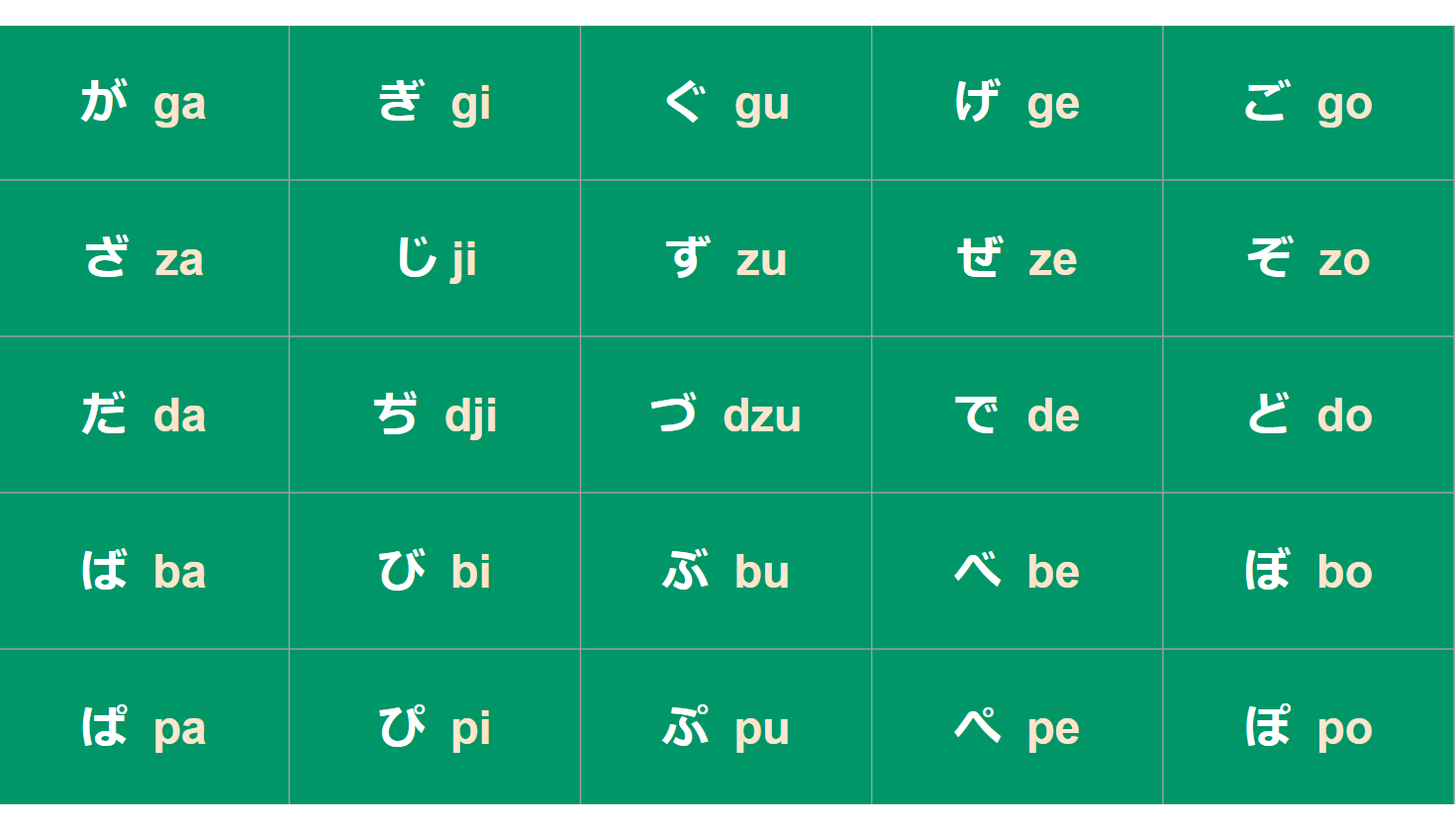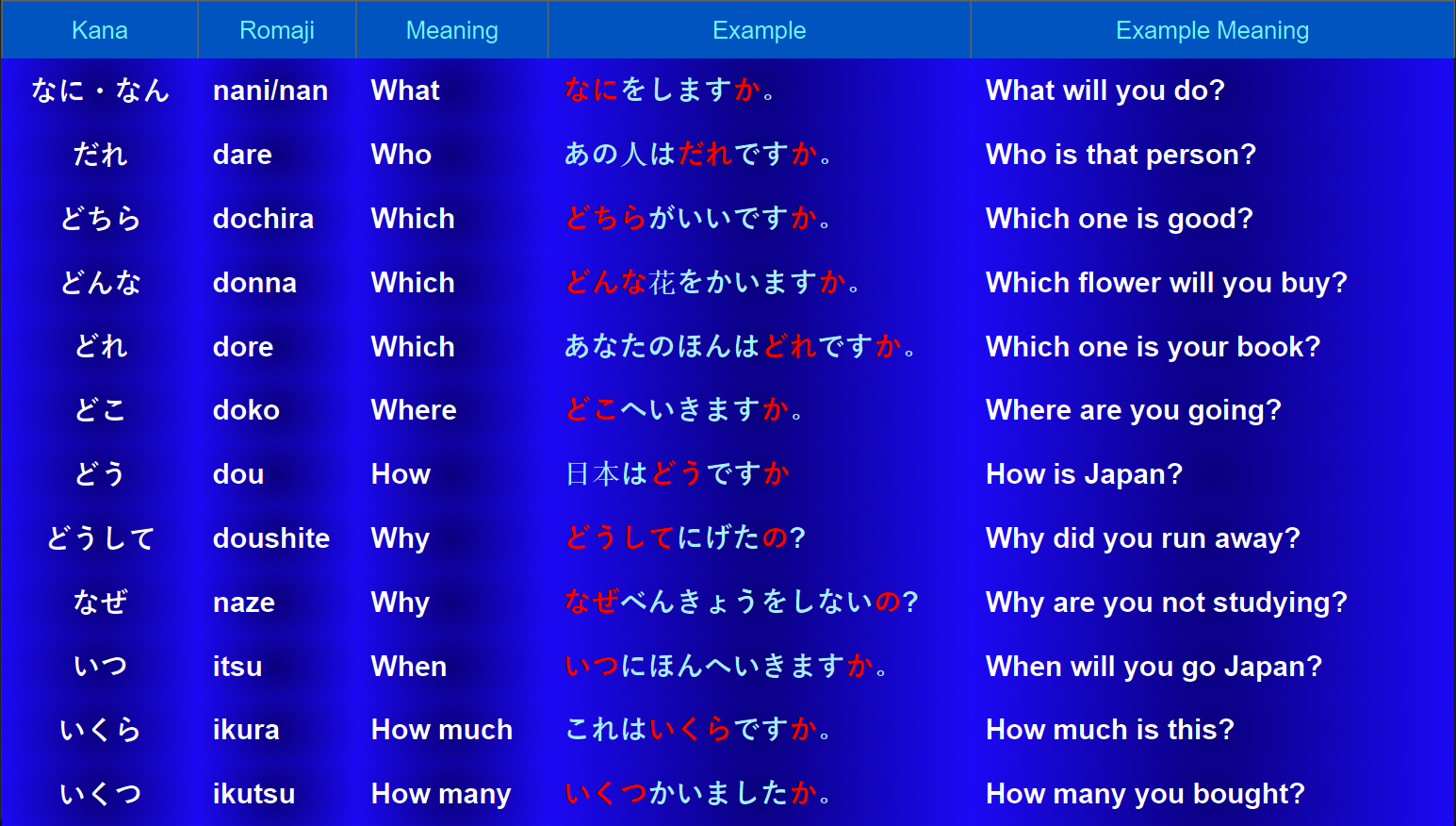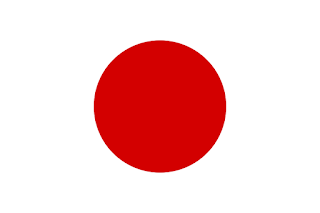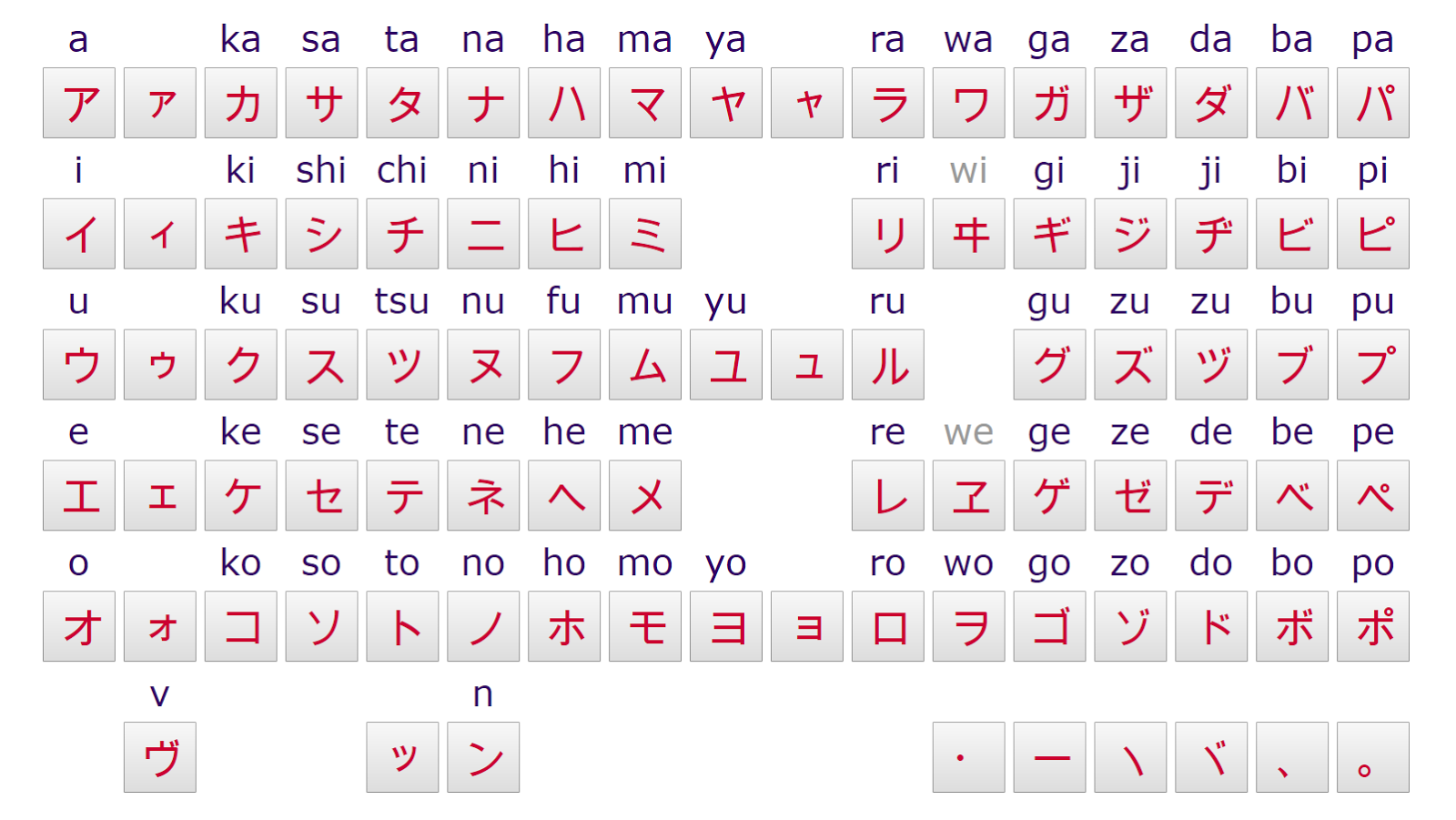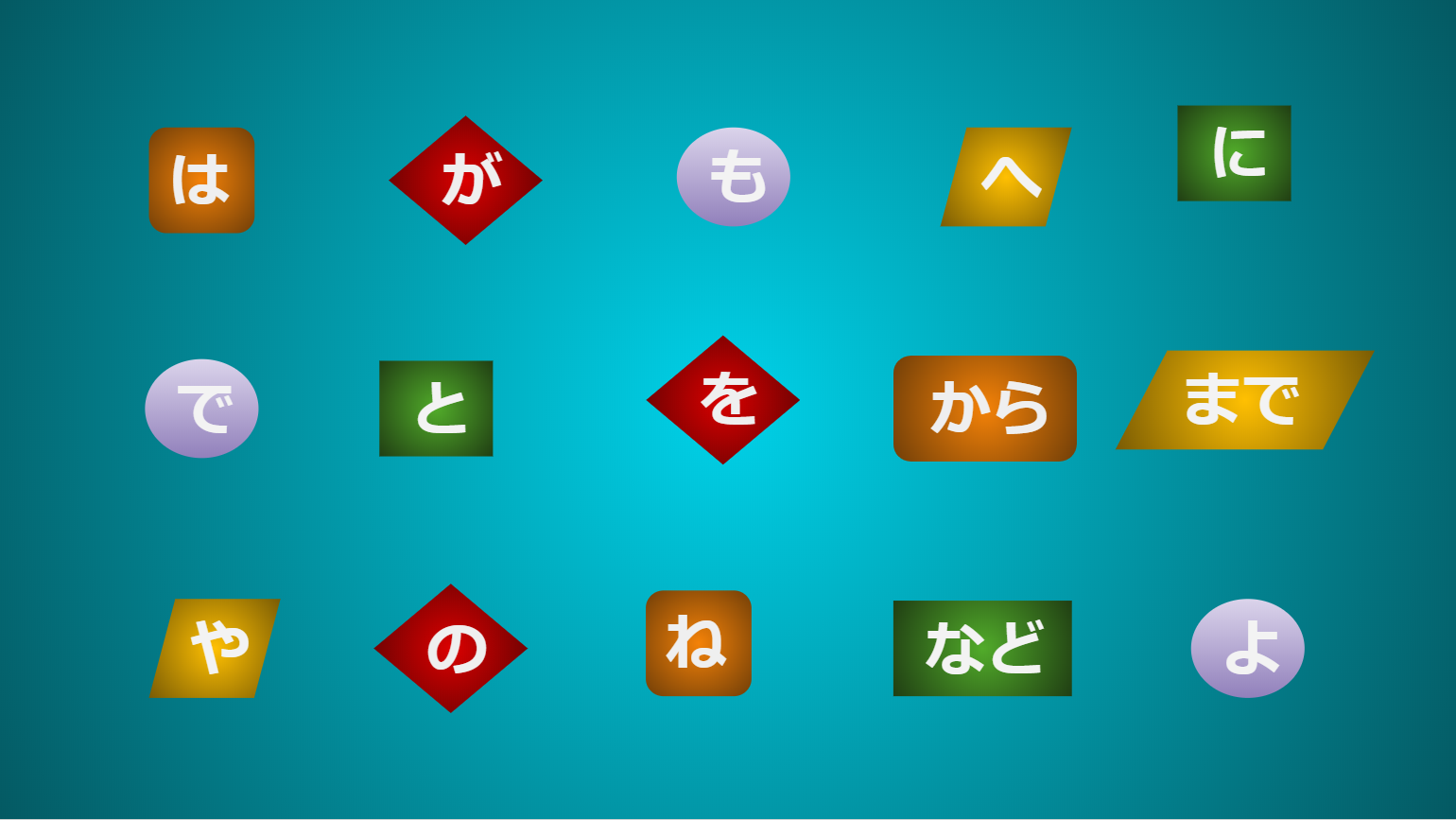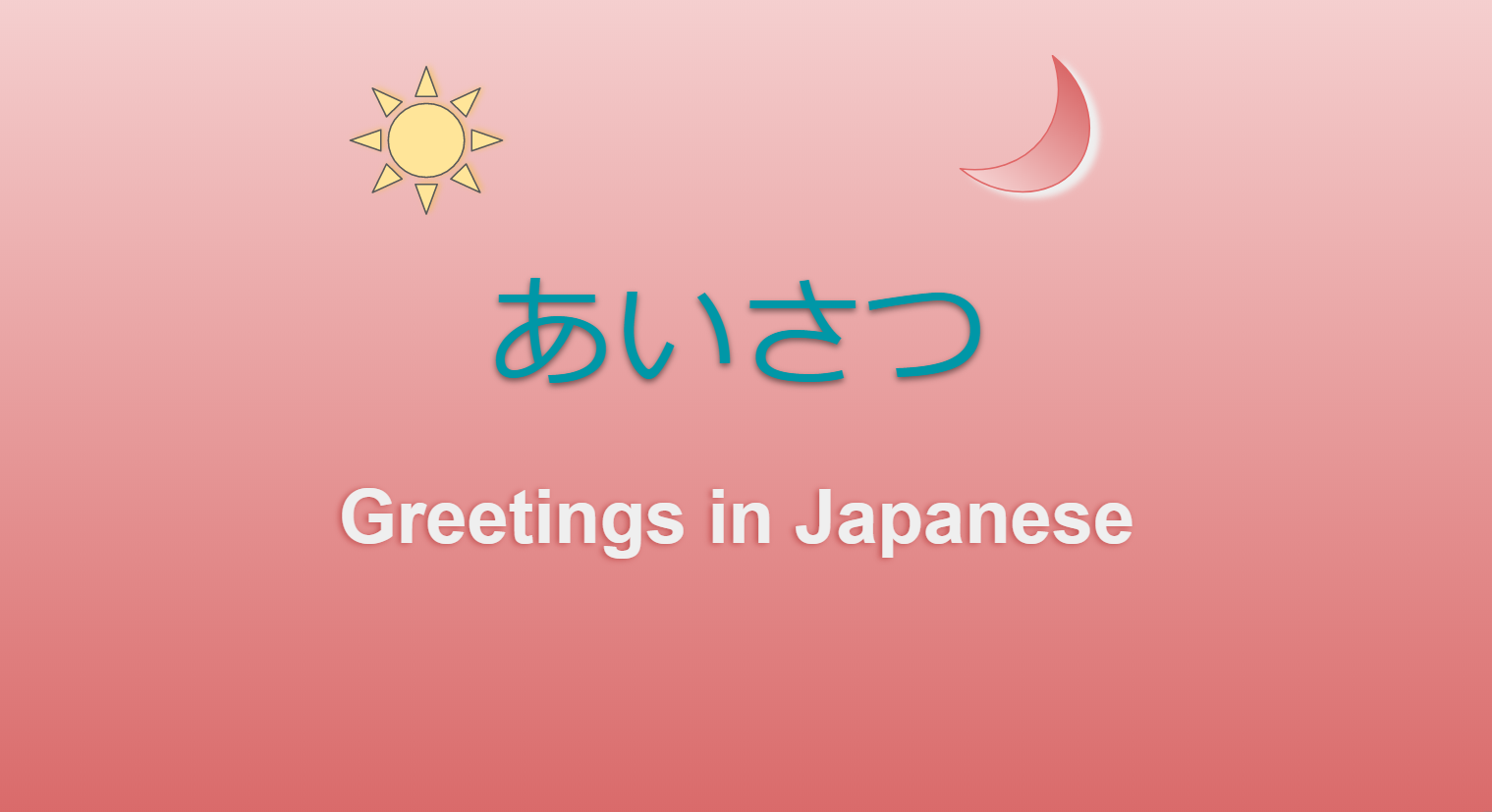hachi-ya-eight

八 Kunyomi: や; やっ(つ); よう; や(つ); Onyomi: ハチ; Strokes: 2 Radical: 八 (はち,はちがしら) Meaning: eight; Related Word: # 八 [や] - eight; # 八つ [やっつ] - eight (used for counting objects); # 八日 [ようか] - the eighth day of the month; eight days; # 八 [はち] - eight; # 八月 [はちがつ] - August; # 十 八 [じゅうはち] - 18, eighteen; # 八 十 [はち じゅう ] - 80, eighty; Sentence example: # 朝 の 八 時 です 。 [あさのはち じ です 。 ] 🌞 It's eight o'clock in the morning. # 私 は 八 時 から 十 時 まで 勉 強 します 。 [わたしははちじからじゅうじまでべんきょうをします。] 🌞 I study from 8 o'clock to 10 o'clock.








